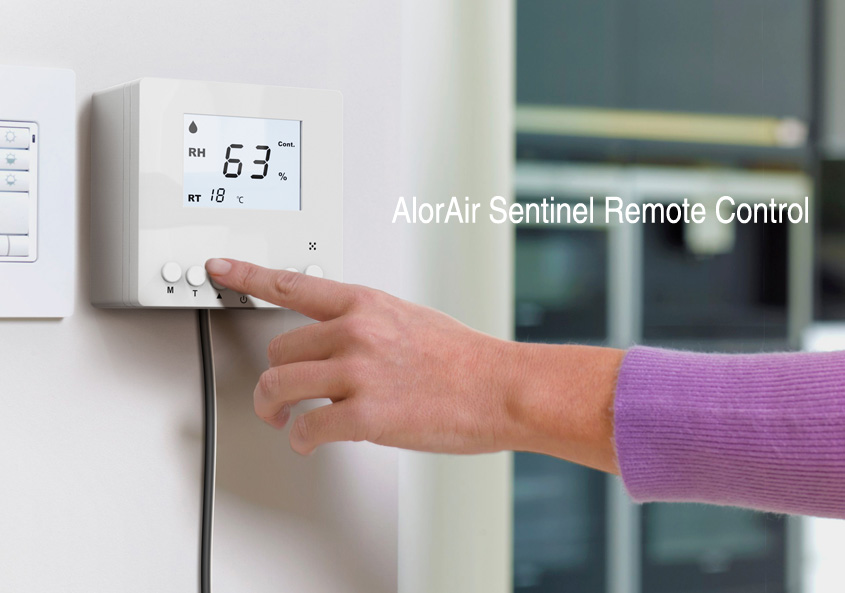As our electricity prices continue to rise, many contractors, operators and business owners face the prospect of significantly increased operating costs.
In addition to immediate and long-term economic benefits, sustainability is another motivation behind improving energy efficiency. Not only does it reduce the carbon footprint, but adopting greener drying methods also allows companies to benefit from ecological programs such as green taxes and sustainability-driven cash grants.
For this reason, our technical team is constantly researching and improving AlorAir dehumidifier components and settings to help you save money by limiting your daily energy use and to keep your dehumidifier running as environmentally friendly as possible.
AlorAir’s Technical Measures
Environmentally friendly refrigerant
Environmentally friendly refrigerants are the new standard for refrigerant-based appliances, including dehumidifiers and air conditioners. Almost all models of AlorAir dehumidifiers use R-410A refrigerant, which does not contribute to ozone layer depletion. This sort of refrigerant also improves the dependability, quietness, and durability of dehumidifiers.
Built-in Humidistat
You can choose the required relative humidity level. It monitors the area and conditions using a humidity sensor. The unit is turned on when the humidity level exceeds the set level. At this point, it draws air into the evaporator coil. A constant humidity unit implies that the fan and compressor will run intermittently to maintain humidity, This enables you to better monitor the humidity level in your house and automate the dehumidification process, resulting in maximum energy savings.
Remote Control
The Sentinel remote control connects to your Sentinel Series dehumidifier via a 25′ CAT 5 cable allowing you to monitor the dehumidification status and progress, adjusting when the dehumidifier runs and when it rests in time for improved energy savings. In addition to monitoring surrounding conditions, the remote control includes an integrated sensor that provides a variety of options to remotely control your unit. Another useful application for the remote control is if the dehumidifier is located in an area that is difficult to access on a regular basis. For example, if your dehumidifier is placed in your crawl space, the remote control can be installed in your living space or garage. This provides you with an easy way to monitor your dehumidifier.
Air Filters
While air filters assist eliminate particles that cause allergies and respiratory problems, their primary purpose is to protect the internal components of the dehumidifier. When a dehumidifier draws in moist air, it also draws in harmful dust and particles that make it more difficult for the compressor and fan to work. The air filter captures these particles, safeguarding your dehumidifier and helping it maintain efficiency and a low carbon footprint. Check out the video to learn how to replace a filter for Sentinel HD55 Dehumidifier:
Automatic Defrost
The automatic defrost system removes frost buildup from the unit’s coils for efficient operation in cool conditions. When defrosting, the machine automatically shuts off the compressor while the fan continues to run to melt the ice buildup. It not only protects the dehumidifier from damage. But also saves energy consumption, which would grow increase if the dehumidifier continued to be in freezing temperatures.
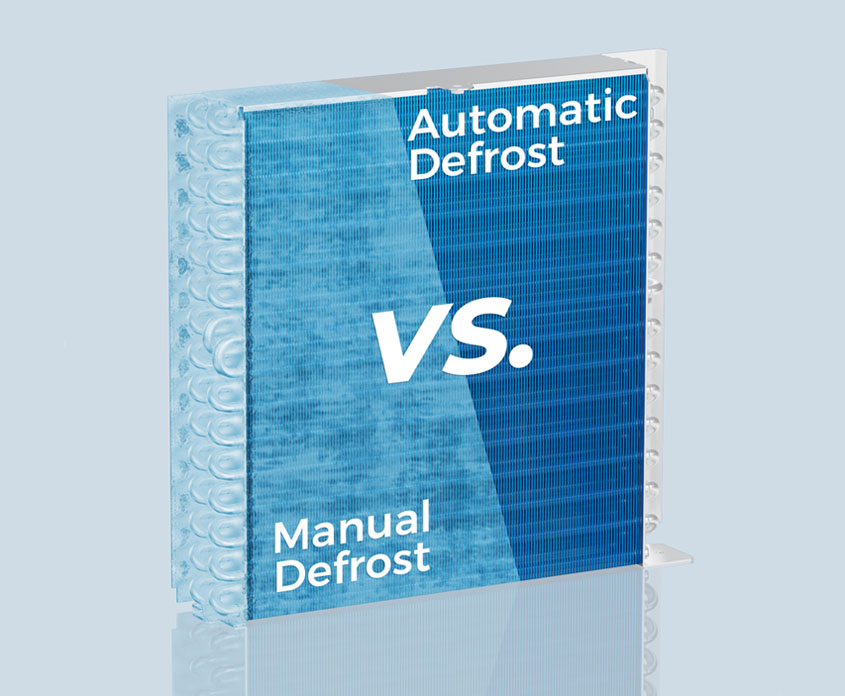
How can users do to reduce the energy consumption of dehumidification?
Properly Set up the Unit
Proper installation and setup of the unit may greatly reduce the energy use of the dehumidifier by first ensuring that the dehumidifier has been properly cleaned and maintained to maximize its performance. The filter should be free of dust to maximize airflow. Also, clean the internal coils of the dehumidifier to guarantee optimal cooling efficiency. Plugging the unit into a properly powered mains supply and establishing a continuous drainage method is also essential for allowing the equipment to remove moisture without causing any unnecessary downtime.
In many cases, your contractor places the dehumidification equipment where it can be plugged into walls and drains, rather than thinking about how to deliver the moist air to the machine itself. Make sure your dehumidifier is in the best location in the room, as close as possible to the source of excessive humidity. This time and effort commitment might save money throughout the project.
Set Attainable Environmental Targets
Another important aspect of limiting energy use during operations is setting attainable environmental targets. By setting reasonable climate goals, energy savings can be maximized without compromising comfort or performance. While a goal of 10% RH may seem like a good target for drying, if that humidity level provides no meaningful advantage, the energy expenditures of sustaining such conditions might be substantially higher than necessary. Ultimately, the more moisture removed from the air, the more difficult the machine will have to work and the higher the cost of electricity. That’s why equipment equipped with built-in continuous humidistat controls offers substantial benefits to users.
Consider whether you require exceptionally low relative humidity or a 30% RH target that is enough for the work at hand. Seasonal and outdoor temperature fluctuations can also affect the ideal humidity level. The following table provides a reference for you to set the ideal humidity of your indoor dehumidifier at different temperatures.
| Outdoor Temperature | Optimal Indoor Humidity Level |
|---|---|
| Higher than 50°F | Max. 45%. |
| 25℉ to 50℉ | Max. 40% |
| 0℉ to 25℉ | 30% – 40% |
| -20℉ to 0℉ | 20% – 30% |
| Below -20℉ | 15% – 20% |
Maintaining and Cleaning Equipment
When dehumidifiers function, the air they handle progressively traps tiny substances inside the machine, clogging filters and wearing down overall components, whether it’s dust or dirt. While this general wear and tear shorten the life cycle of the equipment, the clogging also limits the performance of the dehumidifier until then, forcing the equipment to work harder and increasing the drying time and energy required to do the job.
It is recommended that dehumidifiers be examined, cleaned, and maintained on a regular basis to enhance equipment performance and conserve as much energy as feasible. Our dehumidifiers are specified with power and COP in the specifications, so you can easily plan the operation and maintenance time of your equipment.
Advice on Choosing
If you are unsure of the features of your dehumidifier, it’s simple – shop for a dehumidifier with the ENERGY STAR label. ENERGY STAR is a U.S. Environmental Protection Agency (EPA) voluntary initiative designed to improve energy efficiency and reduce greenhouse gas emissions. The ENERGY STAR certification is awarded to products that meet or exceed the strict energy efficiency criteria set by the EPA.
ENERGY STAR dehumidifiers consume significantly less energy compared to regular ones. They feature cutting-edge technology and components that optimize energy consumption without sacrificing performance and will save you at least 13% on your electricity bills.
It should be noted that ENERGY STAR is primarily a US program. Similar energy efficiency labeling and certification programs exist in other countries, such as the European Union’s EU Energy Label or Canada’s ENERGY STAR program. These initiatives are intended to promote energy efficiency and help consumers make informed choices when purchasing dehumidifiers and other appliances.
Conclusions
There are a number of measures that can be taken to reduce the carbon emissions of dehumidifiers. In addition to the ecologically friendly dehumidifier technology we offer, users can also lower the energy consumption of their dehumidifiers by setting up units correctly, setting achievable environmental goals, and regularly maintaining and cleaning their equipment. These measures can help maximize the performance of the unit and save energy.
Finally, when purchasing a dehumidifier, it is recommended that you select one with the ENERGY STAR label. ENERGY STAR certified dehumidifiers are built to utilize less energy and innovative technology and components that can save on electricity costs. By taking these steps, we can contribute to reducing carbon emissions from dehumidifiers, saving energy and promoting sustainable development.







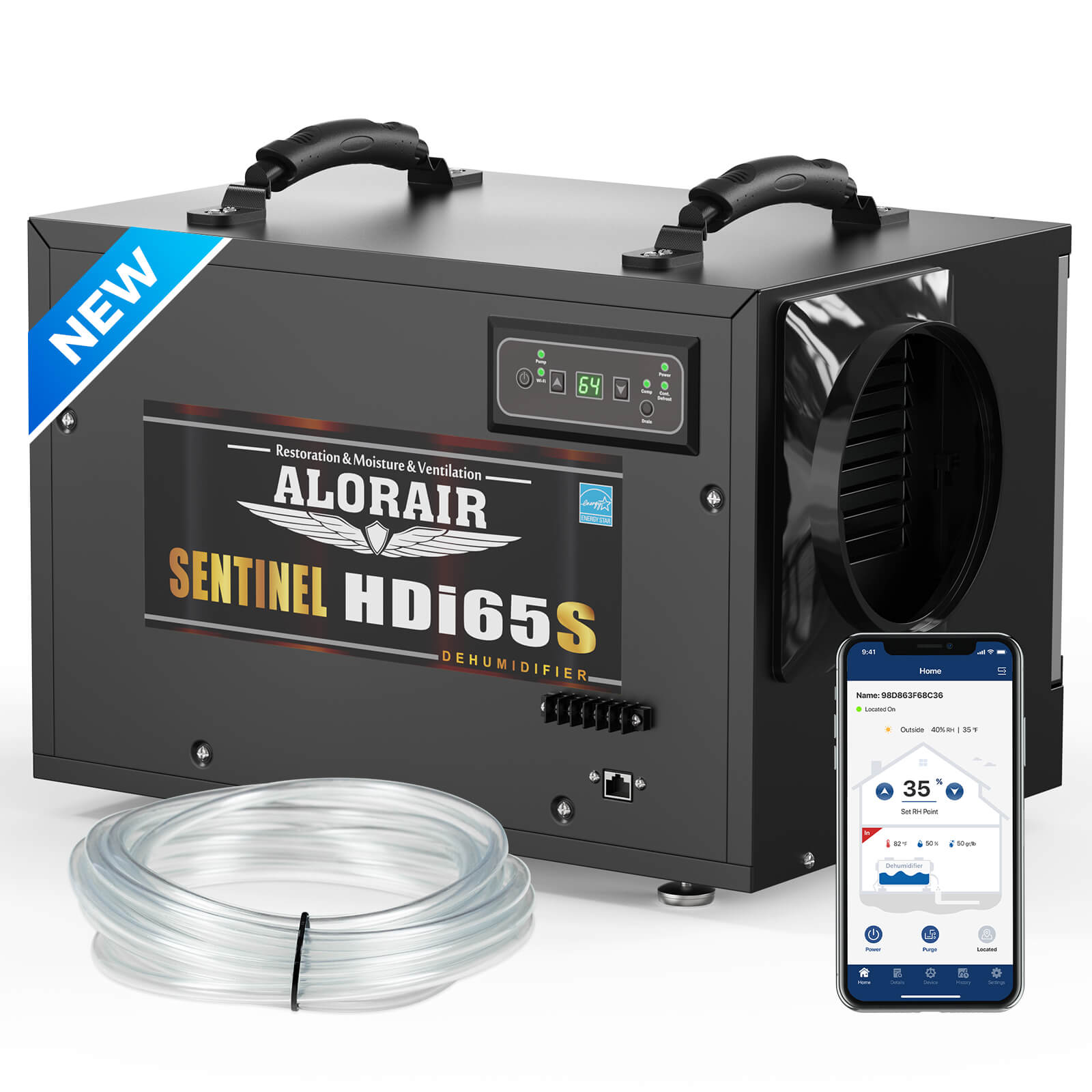
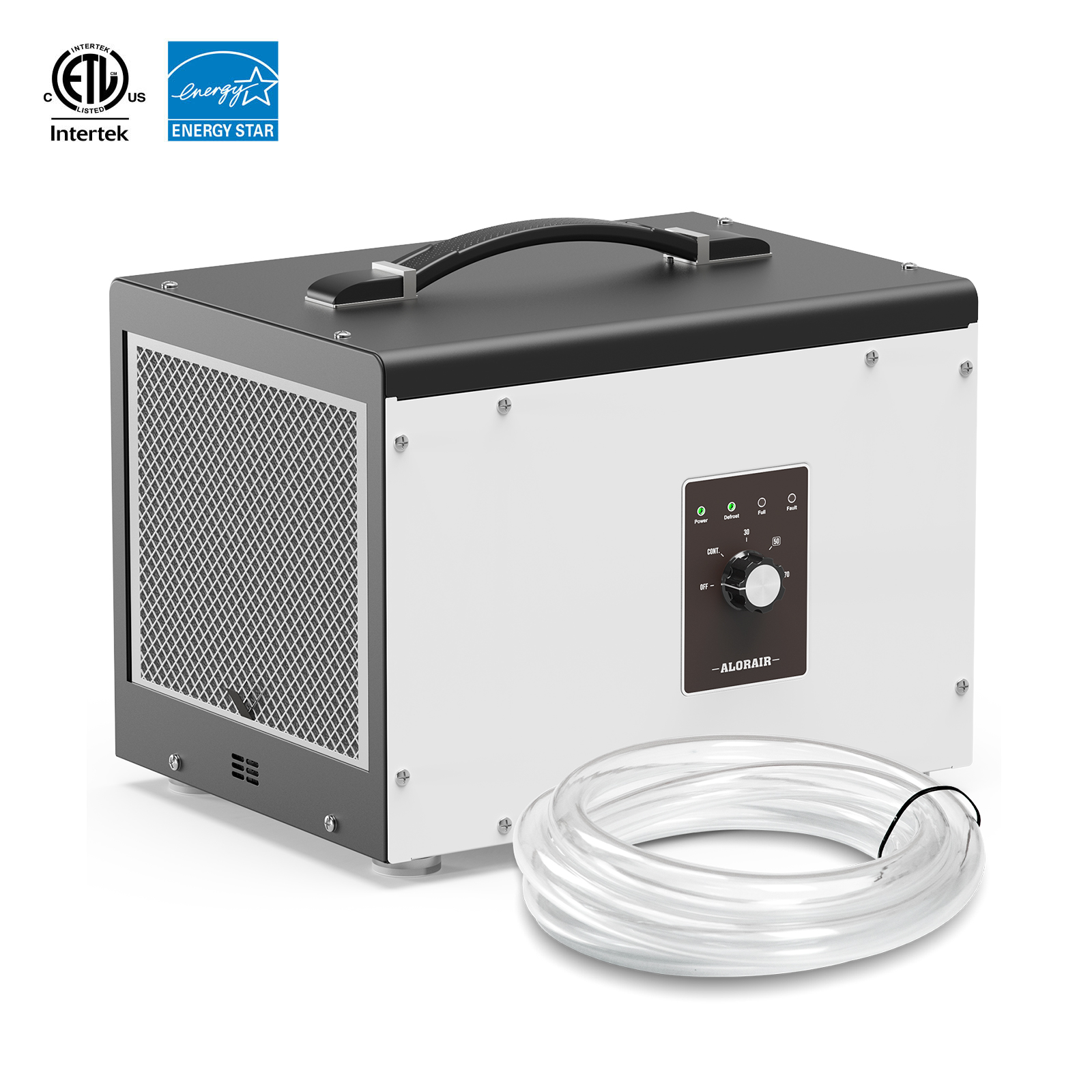
.jpg)
.jpg)

.jpg)
.jpg)
.HDi90.png)
.HD90.png)



.jpg)
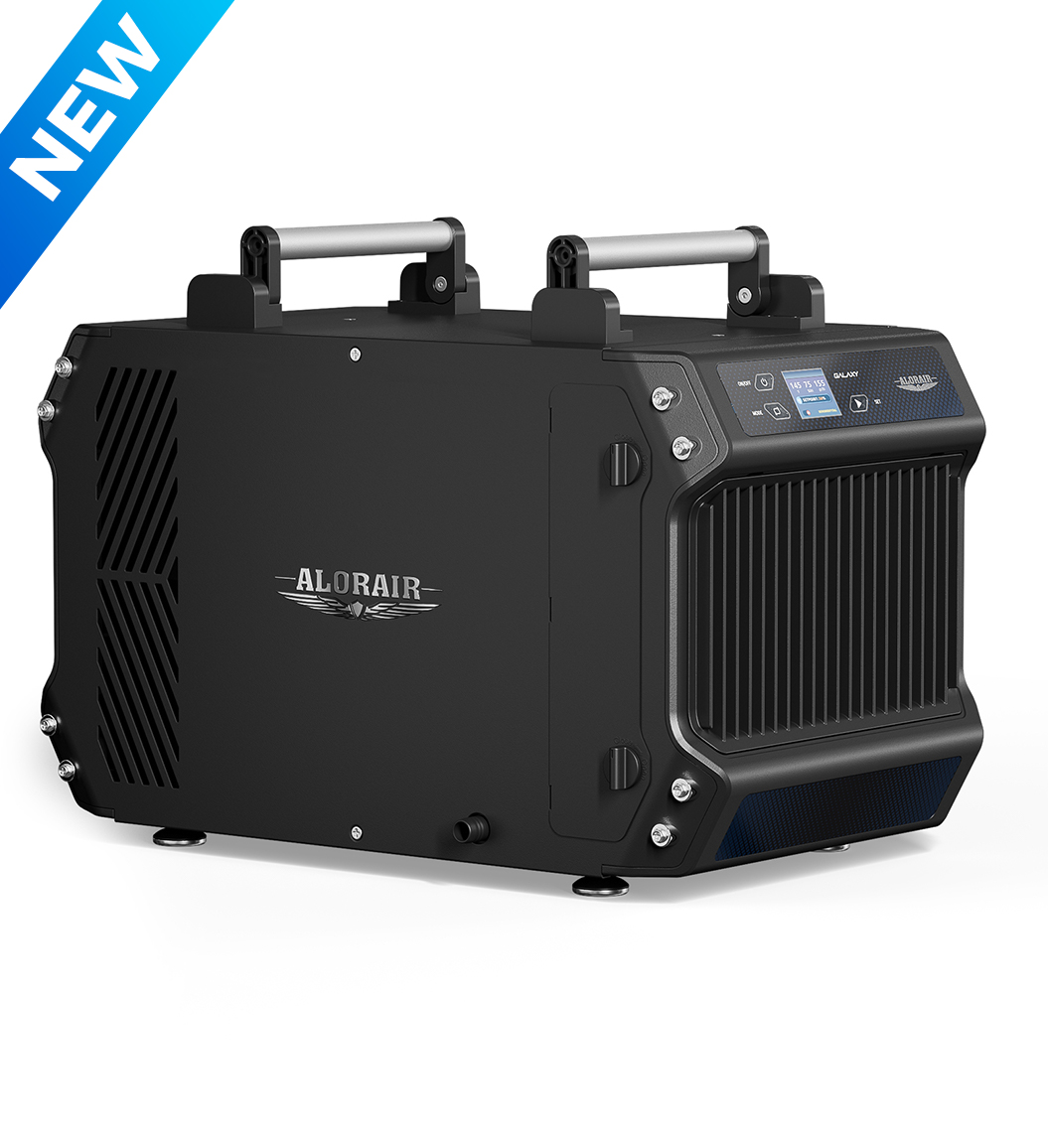
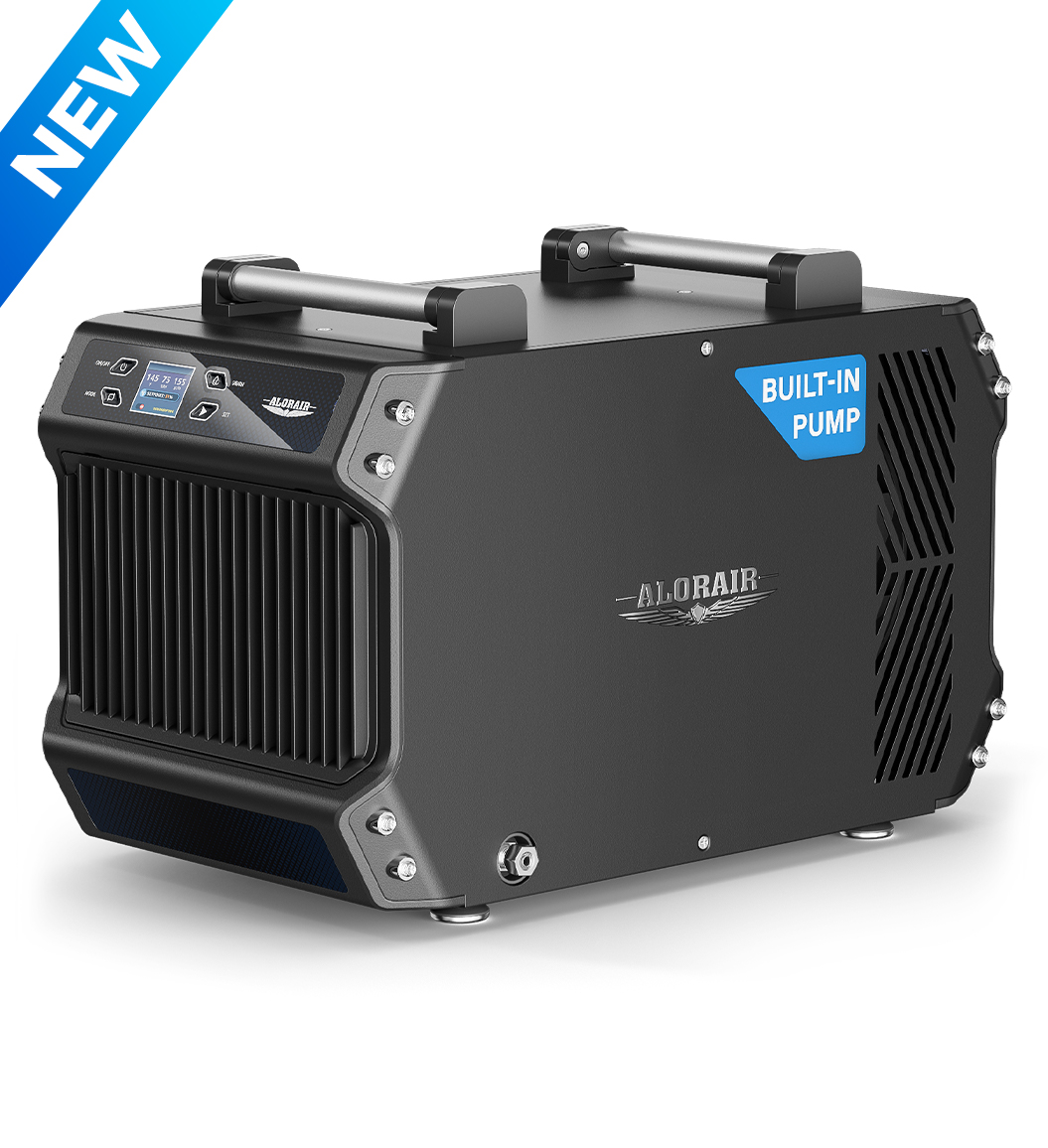




.jpg)
.jpg)
.jpg)
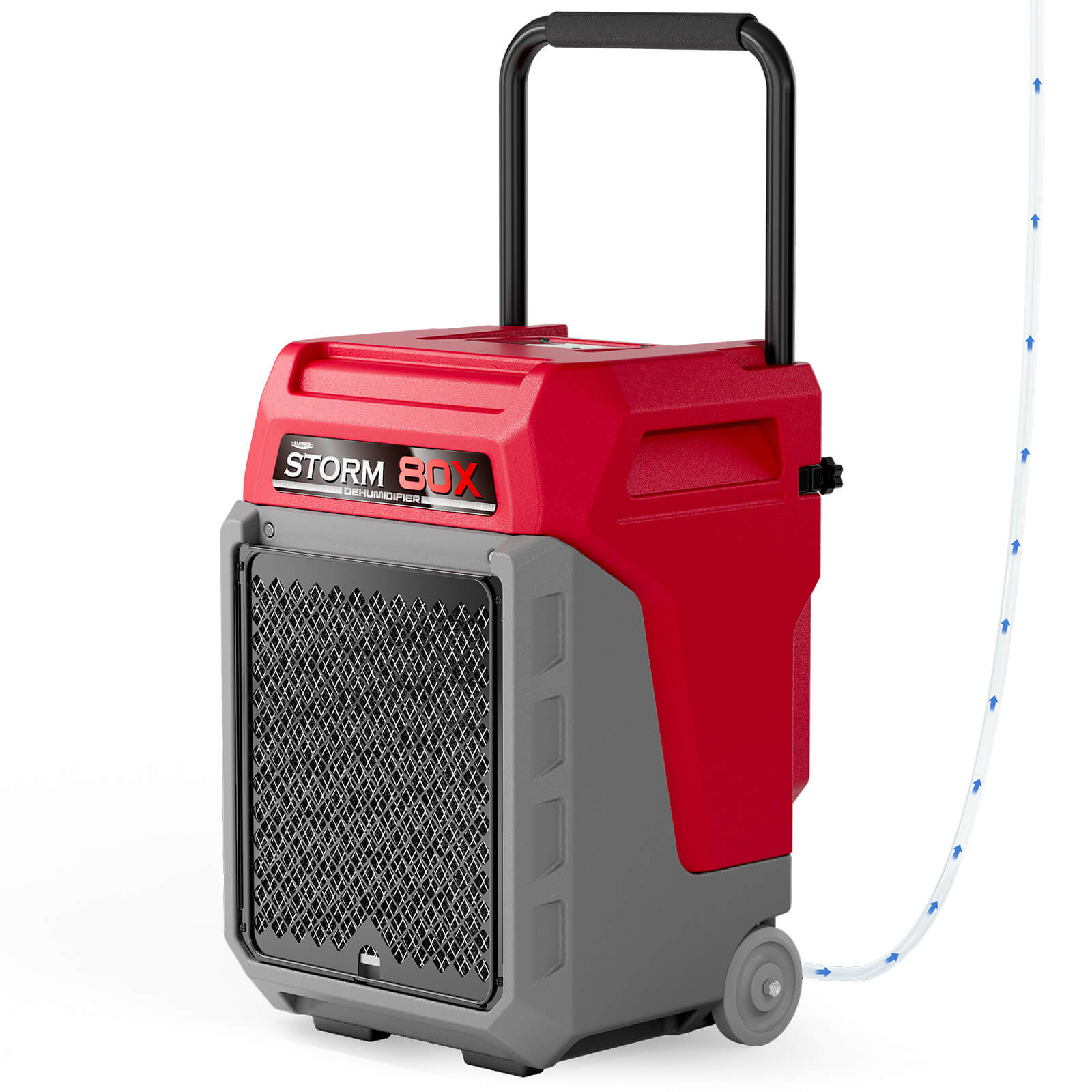


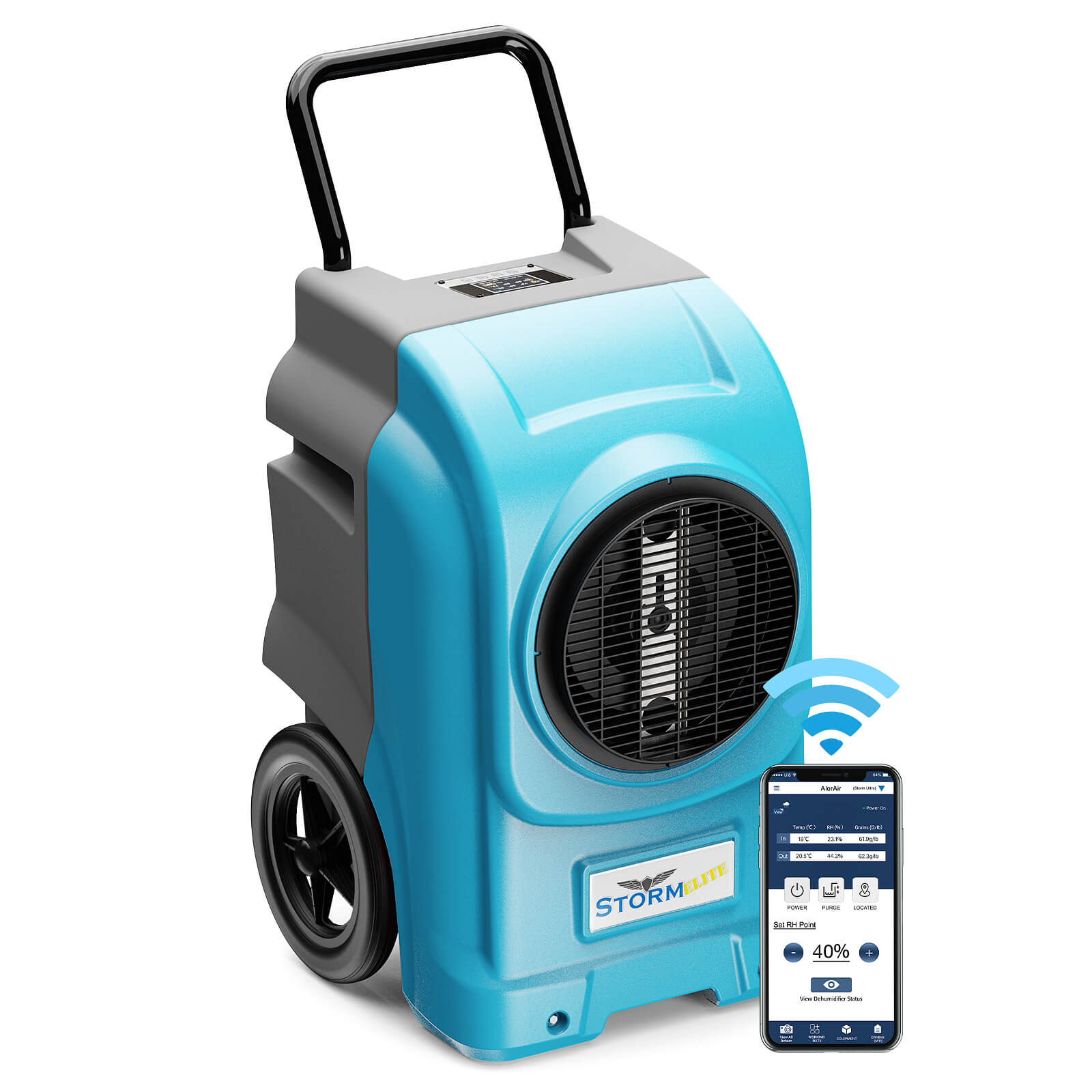

.jpg)
.jpg)
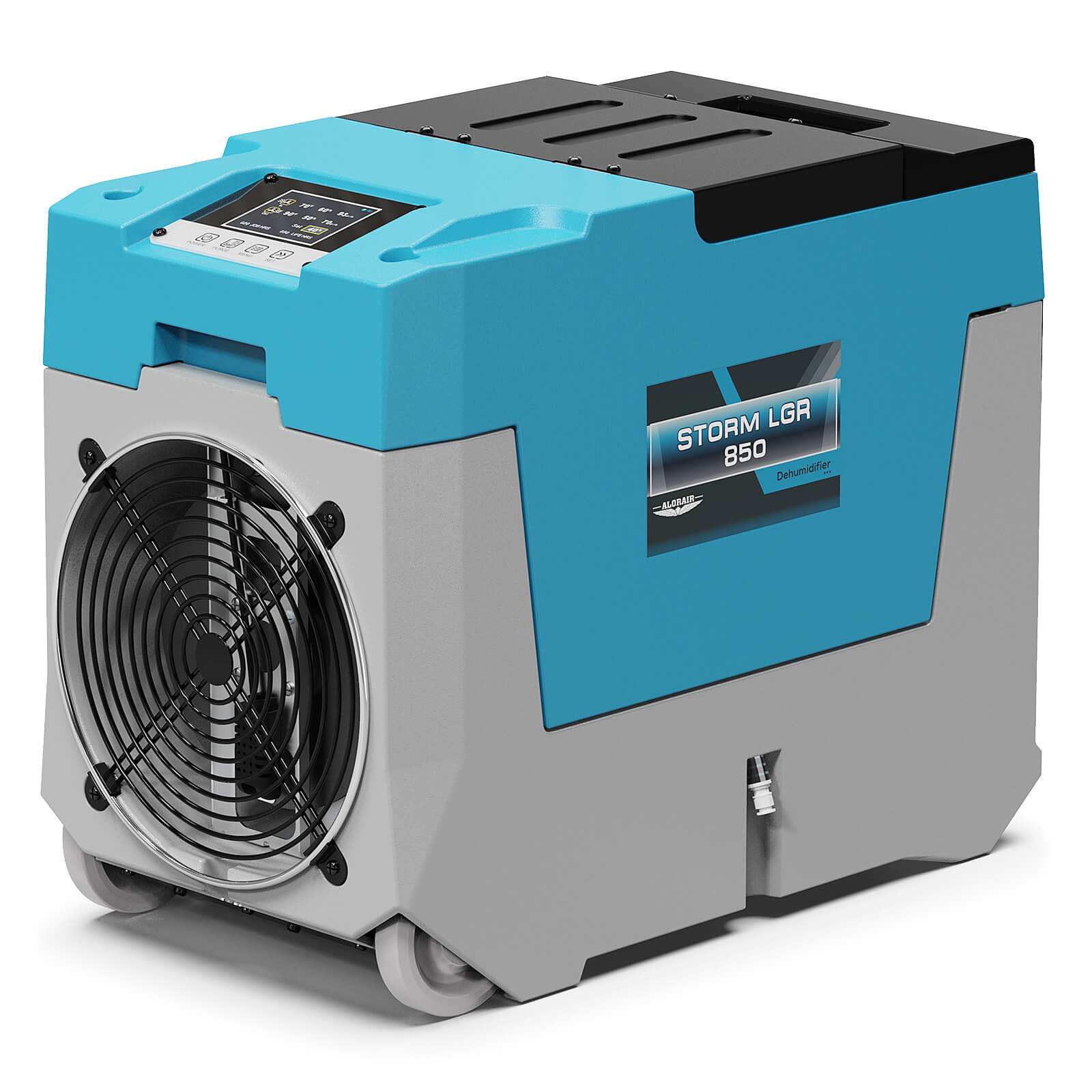

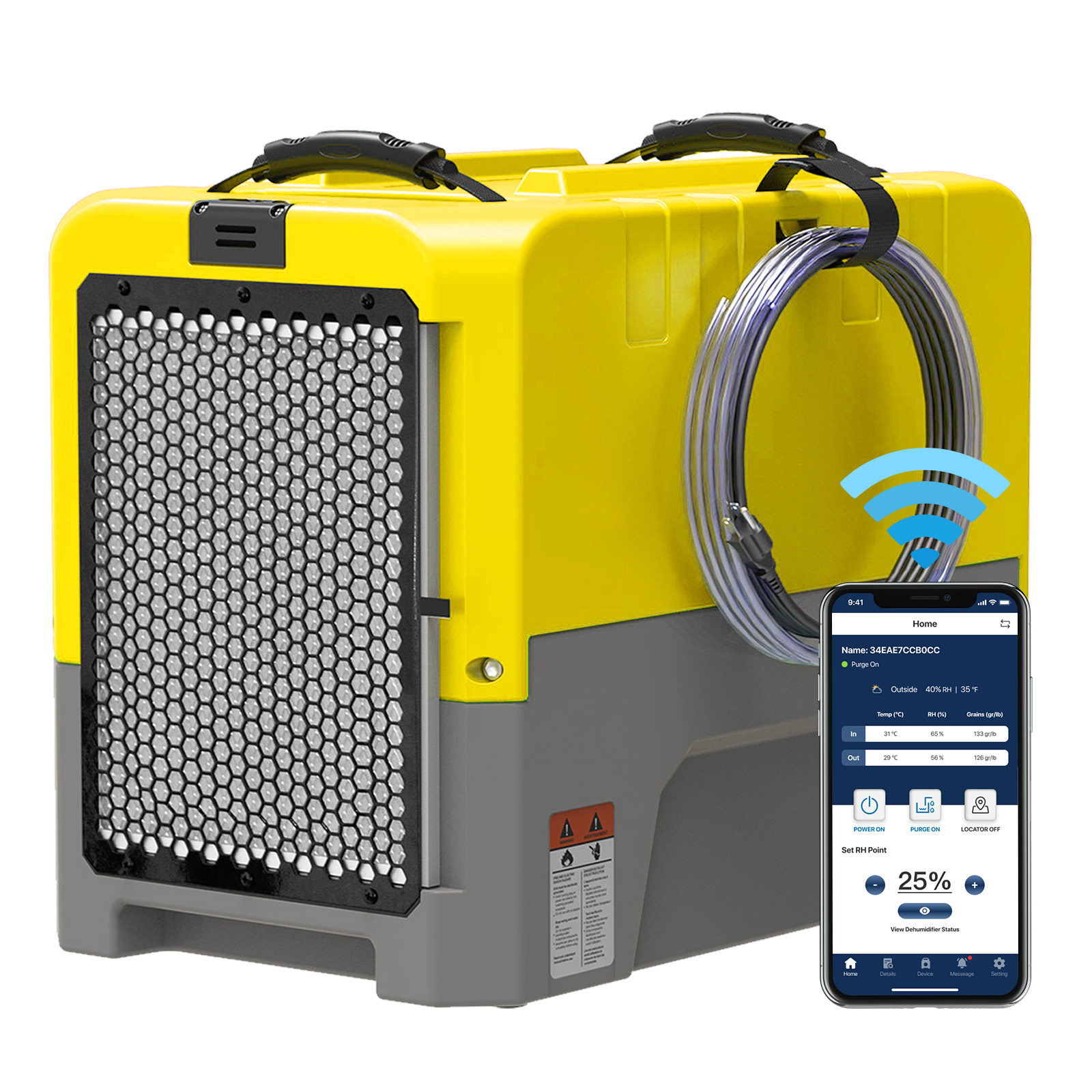








.jpg)
.jpg)








.jpg)
.jpg)










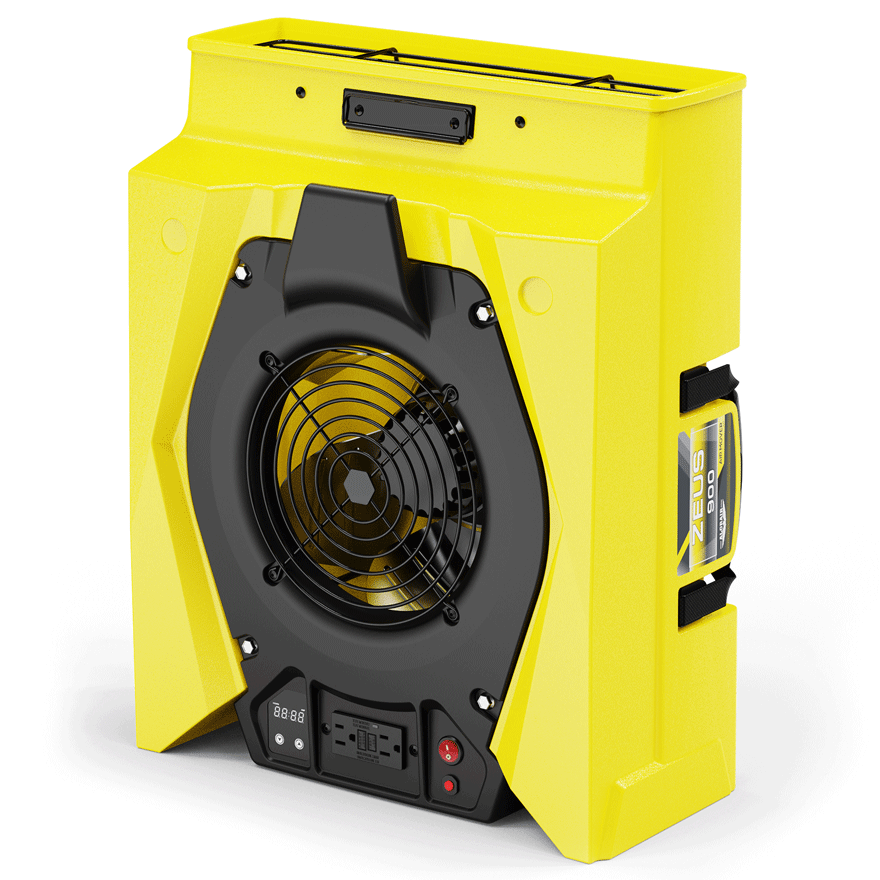
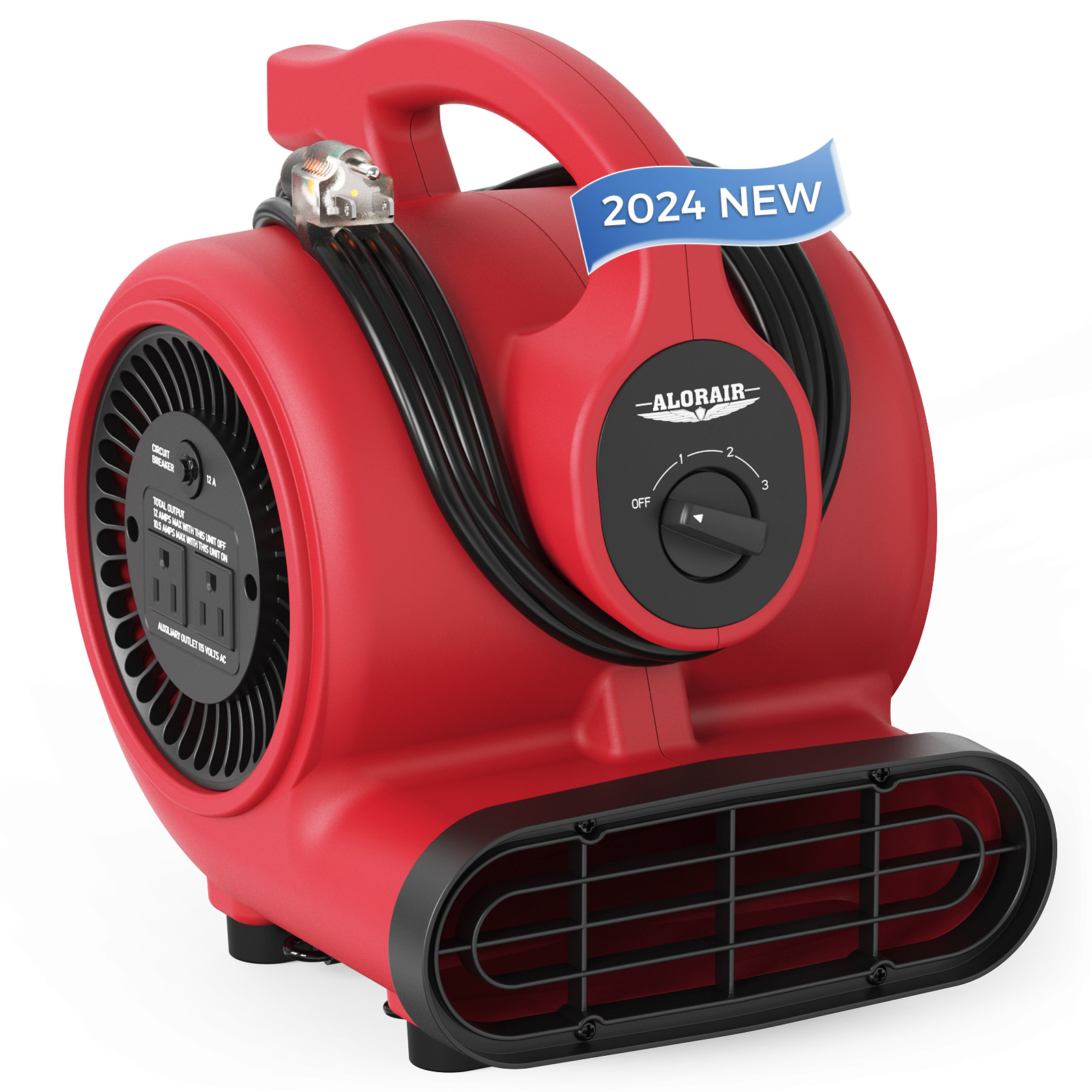
.jpg)
.jpg)
.jpg)
.jpg)
.jpg)
.jpg)
.jpg)
.jpg)
.jpg)
.jpg)
.jpg)
.jpg)
.jpg)
.jpg)





.jpg)
.jpg)
















-.jpg)
.jpg)

.jpg)
.jpg)



























 Exclusive offers
promotions
Exclusive offers
promotions

